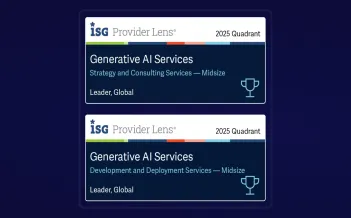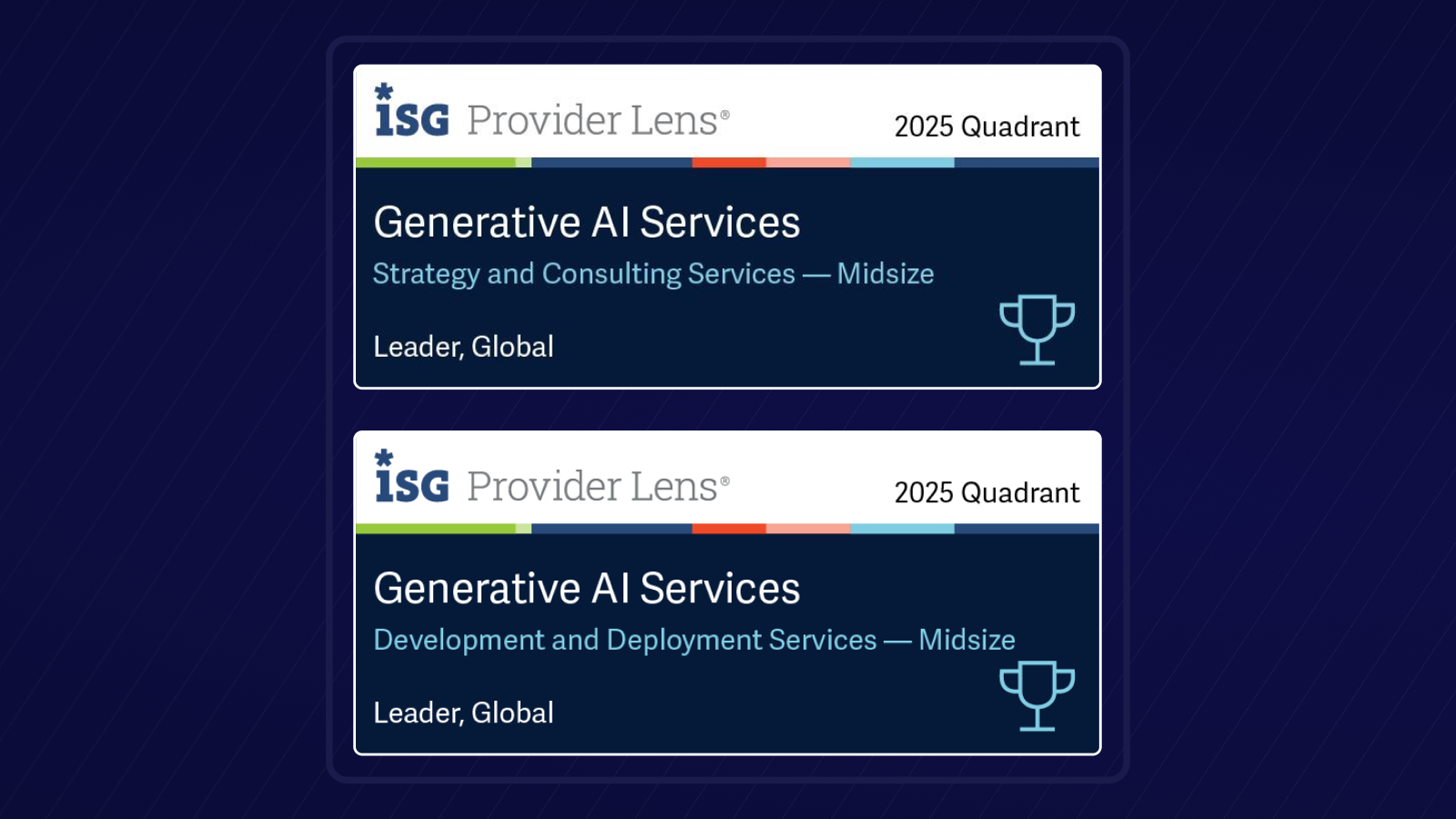Customer expectations have never been higher. While this applies to all sectors, it’s especially true for retail banks. Gone are the days of the “bank for life”. In today’s saturated and competitive marketplace, consumers know that power is rightfully in their hands. Those that come across a more attractive offer or poor customer experience are more likely to switch providers than ever before.Coupled with the rise of challenger institutions and fintech start-ups, this means that traditional banks now have to work harder than ever to attract and retain customers. Many have stepped up the deals they have on offer, whether that’s more attractive rates or rewarding new customers with a “welcome” payment. Others are focusing on the customer experience and are racing to catch up with their fresh-faced competitors by improving their digital offering.
Building a digital focus
The digital revolution has fundamentally changed the way banks operate. The past decade has seen progressive updates to their customer management strategies and digital, customer-centric tools such as apps and web chat now form an essential part of any banking service.
Most recently, the focus has been on automation and artificial intelligence, and their potential to elevate customer experience. Uber, Twitter and Microsoft are just some brand giants who have recently launched chatbots – some with more success than others. And Facebook’s recent announcement that it has to tone down its AI efforts has somewhat dampened the ‘bot enthusiasm, particularly when considering the platform’s 70 percent failure rate. Nevertheless, several banks are dipping their toes in the chatbot water. Capital One, one of the largest banks in the US, recently launched their chatbot Eno, which lets customers text to see their balance, transaction history, and pay bills. Capital One’s approach is both a cautious and sensible one. While bots can have disastrous consequences when applied in the wrong setting or for the wrong audience, they can also be hugely useful when solving straightforward transactions and simple questions, or to shepherd customers on a relatively linear journey, such as everyday banking queries. And by delivering cheaper, more streamlined and compliant processes, automation frees up agents to help customers with their trickier questions, which in turn will help drive the customer experience – so it’s a win-win for businesses who get it right.
Banking bots: The next phase in customer experience?
While Eno is only a pilot for the time being, it has attracted a lot of attention and enthusiasm from other players in the financial services space. Its launch has come at a good time for consumers, too, with more and more customers becoming open to automated advice. However, while appetite for robo-advice among consumers is growing, it’s clear that automation requires careful due diligence to understand the opportunities, risks and requirements for delivery. And consumers understandably still have their doubts when it comes to automated advice. A recent study conducted by Firstsource showed that 44% of consumers see the availability of a bank branch as their number one deciding factor when choosing their banking provider – telling a cautionary tale for businesses undergoing digital transformation.
Beware of over-digitization
So while the appetite for robo-advice is growing, it seems that consumers are still looking for a 360-degree approach when engaging with their banks. This was confirmed by our study, which saw the customer’s channel of choice depend on the query or action itself. When dealing with a customer service query, for example, 30% of respondents first choose to go through a branch. This shows that providing a digital-only approach in banking fails to take into account the nuances around context and customer journeys, and risks alienating them. We now tend to use our banks’ digital services for our day-to-day activities, such as simple balance checks and transfers. However, for more important processes, we inherently like the security of a traditional face-to-face contact model. The majority of consumers still seek the comfort of real human interaction when things go wrong, whether that’s on the phone or in a bank branch. That’s why retail banks need to be careful not to place all their eggs in one digital basket but remain focused on the customer journey across all channels, both online and in real life. To this end, for example, training frontline associates in a contact center must be given the same amount of attention as the user experience on their app.
Back office automation
Although there are understandable risks involved in automation, it’s clear that it is here to stay. But automation can be used for more than just straightforward customer management – this technology has the potential to unlock value across a wide range of different industries and business functions. Companies can also consider how automation can help transform their back-office processes, for example. By automating simple but time-consuming tasks, companies can free up employees to focus on more complex and value-added work. Automation can also be used to transform more complex processes, such as commercial finance operations. This is particularly relevant in the financial services industry, where the efficient and cost-effective running of commercial finance divisions is of paramount importance. And in heavily-regulated industries, automation also leaves no room for human error. While automation is no small undertaking, it’s clear businesses have a lot to gain. Following a clear roadmap for transformation will help brands reap the rewards - increasing productivity, boosting ROI, and delivering the best customer experience possible. Originally published in Bob's Guide
Featured Resource
Download our whitepaper ‘The five key battlegrounds in financial services’ for insights on the changing landscape of financial services and where the opportunities lie for players.










